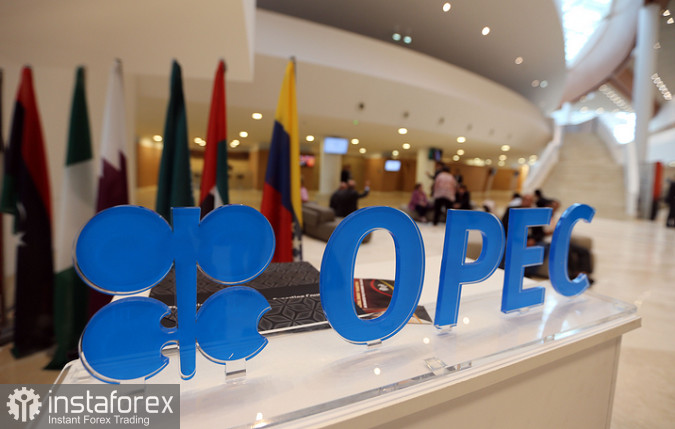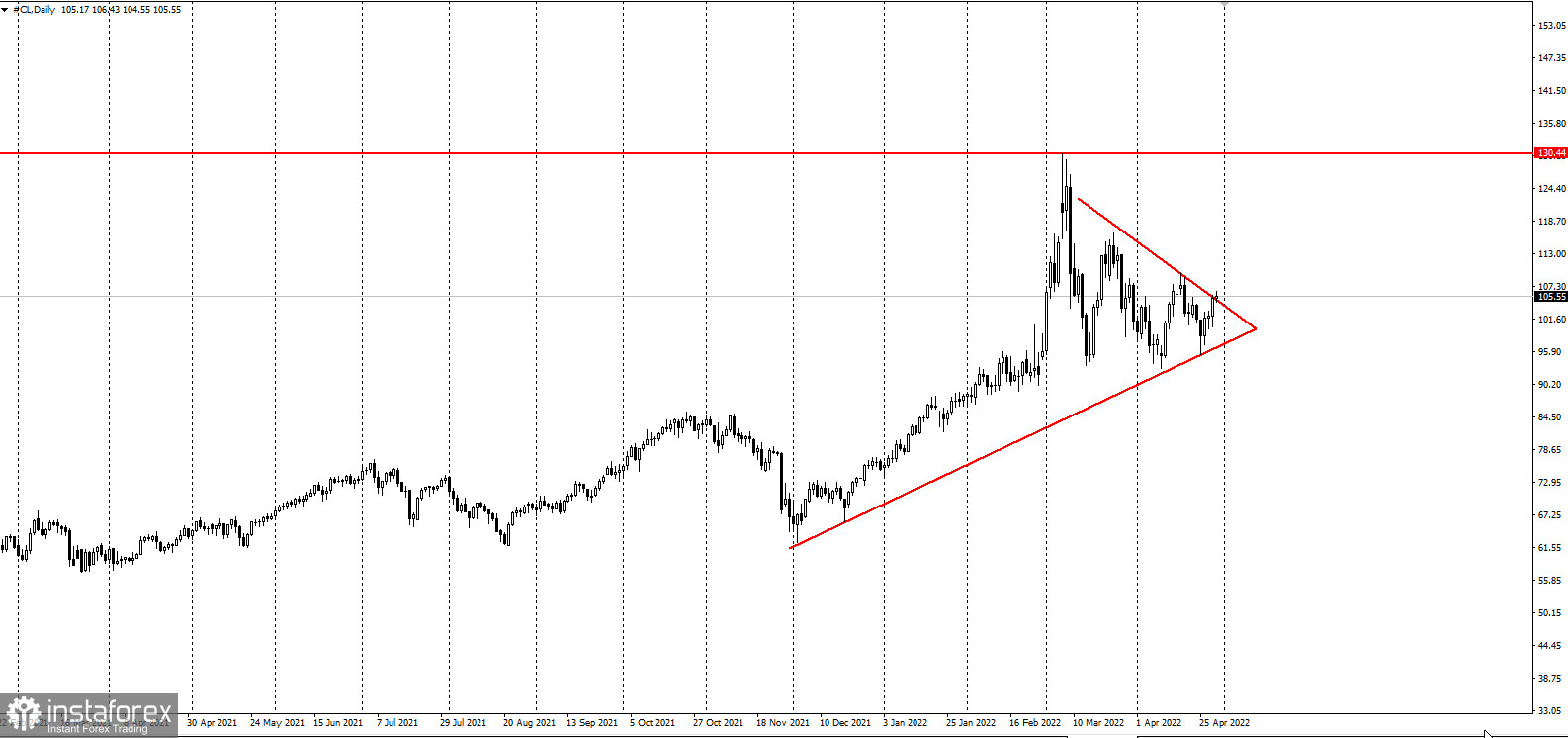
OPEC is likely to stick to its plan for a gradual production increase of about 400,000 barrels per day at its next meeting.
At its next meeting on May 6, OPEC will proceed with its plan to ramp up supply by about 432,000 bpd starting from June.
The plan to increase production has been in place since last year when OPEC and its allies led by Russia agreed to gradually restore their output to pre-pandemic levels. However, many members of the group have consistently failed to achieve the agreed production increase due to various reasons, including insufficient investment and political issues.
Currently, oil is trading in a triangle slightly above $100:

Last month, for example, OPEC alone hiked its total output by just 57,000 bpd, 54,000 bpd of which came from Saudi Arabia. The UAE also increased supply but the African members of the cartel reduced production within a month.
Nigeria, one of the largest producers in OPEC, has a quota of 1.718 million barrels per day, but in March it barely reached 1.354 million barrels per day.
The total production of OPEC+ for March was 1.45 million bpd below the agreed level due to Western sanctions on Russia. Its output during the month was 300,000 bpd below its quota of 10.018 million bpd.
Russia expects its oil supply to shrink by 17 percent this year. This would mean that the average daily production rate will be between 8.68 and 9.5 million barrels per day.
There are only two members of the OPEC+ group that could potentially fill this gap: Saudi Arabia and the United Arab Emirates. Both, however, have rejected the calls of major importers to boost production above the OPEC+ quotas.
 English
English 
 Русский
Русский Bahasa Indonesia
Bahasa Indonesia Bahasa Malay
Bahasa Malay ไทย
ไทย Español
Español Deutsch
Deutsch Български
Български Français
Français Tiếng Việt
Tiếng Việt 中文
中文 বাংলা
বাংলা हिन्दी
हिन्दी Čeština
Čeština Українська
Українська Română
Română

